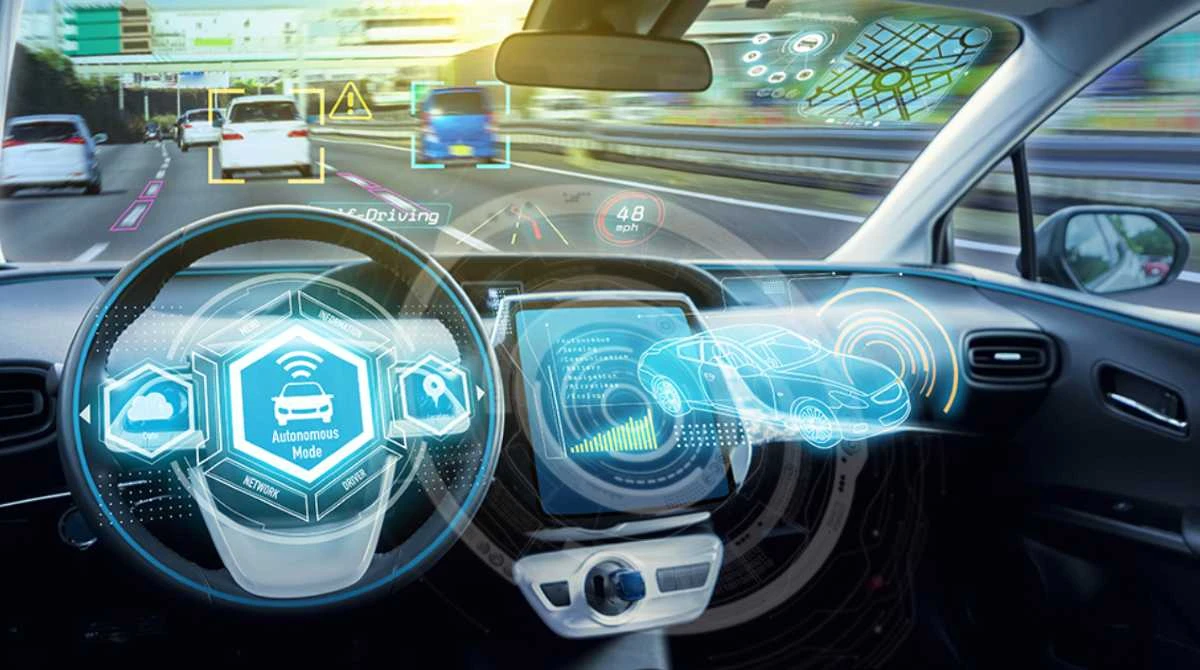Huawei has unveiled its first LiDAR designed for use in automotive self-driving systems at the T10 ICV CTO summit held by China Association of Automobile Manufacturers (CAAM).
Compared to millimeter-wave radar and camera, LiDAR has competitive edge in the measurement of targets’ contour and angle, the illumination stability and the obstacle detection, Huawei’s smart car solution business unit said via its official account. It is badly needed when a driver came across pedestrians and driving behaviors disobeying traffic rules.
Based on the analysis over numerous driving scenarios, Huawei develops the mid-/long-range LiDAR with 96 beams, which is able to detect the pedestrians and vehicles in urban areas, and the vehicles running at high speed.
According to Huawei, the company began the pre-research project as far back as 2016, and will put the LiDAR into volume production in 2020. The factory-installed product will be primarily used in passenger vehicles (PVs) in the future.
Additionally, Huawei unveils an intelligent cleaning system and heating system as part of solutions to support the LiDAR’s operation.
Leveraging the precision manufacturing capability in the communications domain, Huawei has built its first Pilot production line for the automotive-grade LiDAR. To meet a large-scale volume production demand, the company is pushing ahead with the construction of more LiDAR assembly lines with an annual capacity of 100,000 sets/lasers.
ARCFOX, the premium electric vehicle (EV) brand of BAIC BJEV, announced on the same day the ARCFOX HBT will be the first model that carries Huawei’s newly-launched LiDAR. The EV model, which is set to be unveiled next year, is armed with 3 Huawei’s automotive-grade LiDARs, 6 millimeter-wave radars, 13 ultrasonic radars as well as Huawei chips with 352 Tops of computing power.




